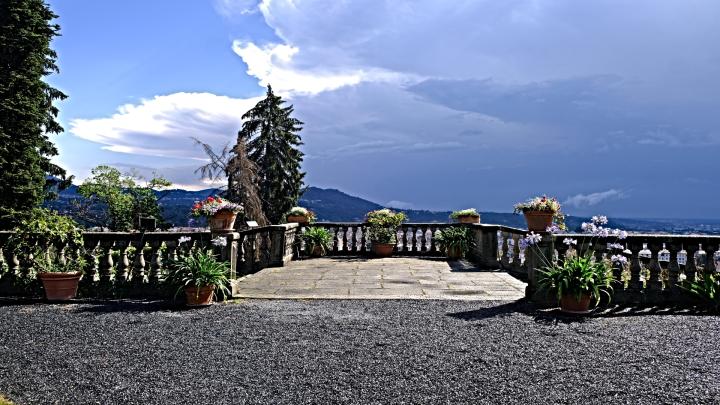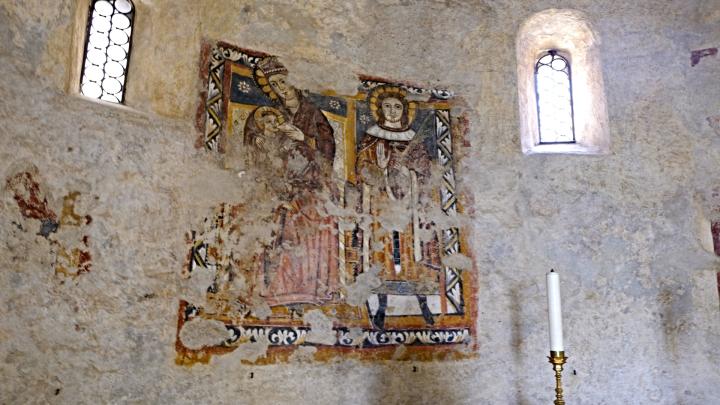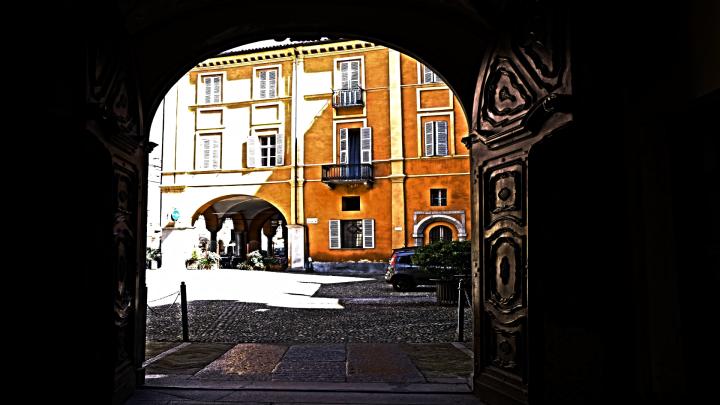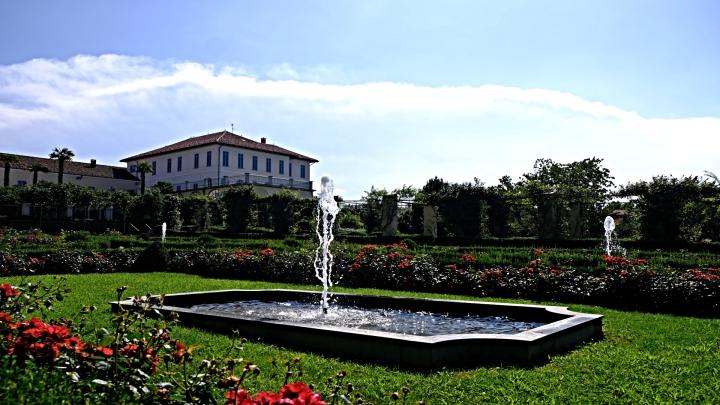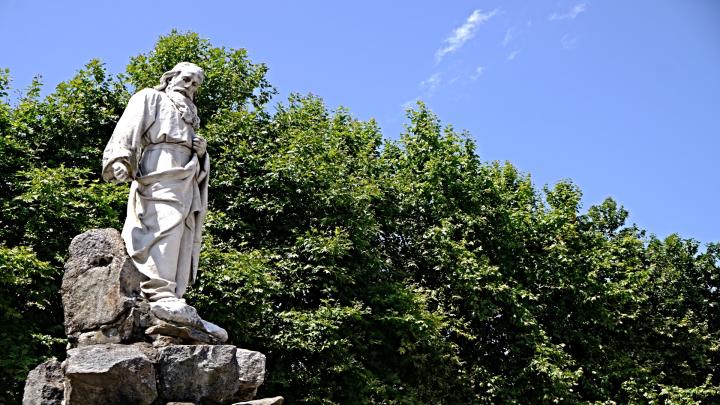Before planning a day in Biella you should know that the city is divided into an upper (Piazzo) and a lower (Piano) part.
If you decide to arrive by train, keep in mind that it takes about twenty minutes to walk to the historic centre (Biella Piano).
Once you arrive in the heart of Biella, our advice is to visit the three most important buildings: the Duomo, the Baptistery, and the Santo Stefano Bell Tower.
The baptistery, dedicated to St. John the Baptist, squeezed between the City Hall and the Cathedral, is a small building with a polymorphous layout made of salvaged Roman material.
The first thing you notice, in the entrance portal, is a bas-relief showing baby Hercules and a putto.
Inside can be seen some fragments of what were once frescoes, dating back to the early fourteenth century
Coming out of the baptistery, on the left, you will also find the Santo Stefano Bell Tower, over 50 meters high, divided into nine floors relieved by louvers, single and double lancet windows. The peculiarity of this bell tower is that it does not come with a church, but is what remains of the ancient parish church around which the Christian core of the city developed.
Also nearby is the immense Piazza Duomo, where the Duomo is located, representing the city's most important place of Catholic worship.
The church, which was originally called Santa Maria in Piano, was begun in 1402 to assume the title of Cathedral in 1772 and change its name.
Having finished visiting these three monuments, our advice is to move on to the Museum of the Territory, inside theformer Convent of San Sebastiano, near the church of the same name. The museum collects evidence from the entire surrounding area, from prehistory to the twentieth century, and has an important archaeology area, as well as displaying permanent exhibitions.
Next to the museum, we find the Church of San Sebastiano, a remarkable example of Renaissance architecture, among the most important in Piedmont. The graves of the La Marmora family are located here.
At this point, one can move to the upper part of the city, using the free cable car, or going up to one of the costa (streets).
Piazzo is located at 480 meters above sea level and represents the medieval core of Biella, around which the homes of the great noble dynasties of Biella were built over the centuries, 3 of which are still perfectly preserved and can be visited today: La Marmora Palace, Gromo Losa Palace and Ferrero Palace.
Gromo Losa Palace now has become a modern centre dedicated to exhibitions after being purchased in 2004 by the Fondazione Cassa di Risparmio di Biella, which took charge of its complete restoration; while La MarmoraPalace is a historic 16th-century mansion with the rooms perfectly preserved and furnished.
When you have finished visiting these splendid Palaces, you can relax by strolling through the streets of medieval layout of the district, where you also find the church of San Giacomo, the oldest in the city. The church is mentioned as early as 1180 in a document, but it is not possible to say what remains of the original church.
The building preserved today is the one consecrated in 1227 by Bishop Ugo di Sessa and then remodelled in later periods: the bell tower was added later, but it is already mentioned in two documents from the late thirteenth century early fourteenth century.
Foto @alessandra.corra
Archivio Regione Piemonte

